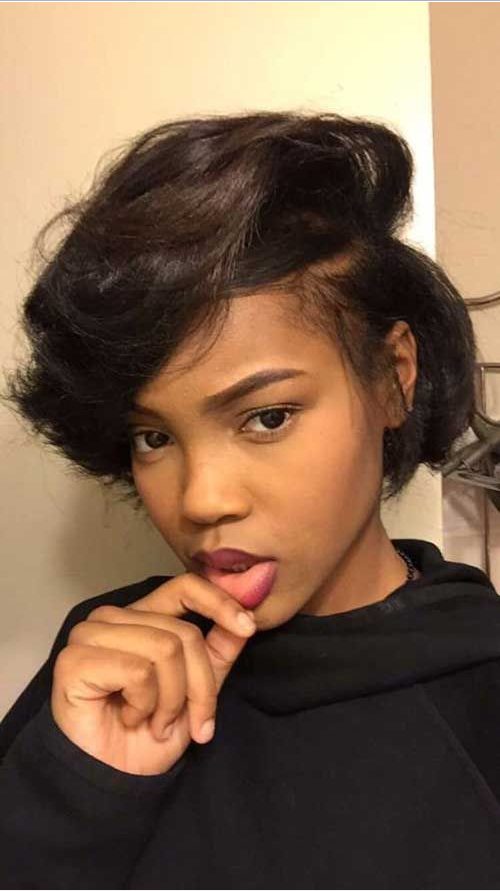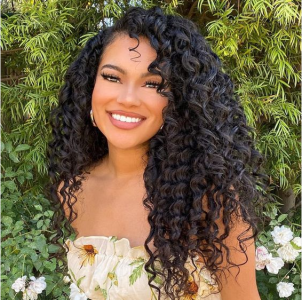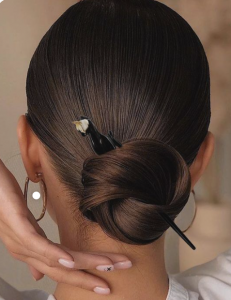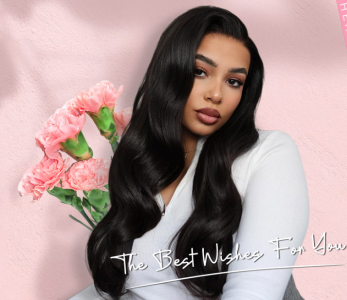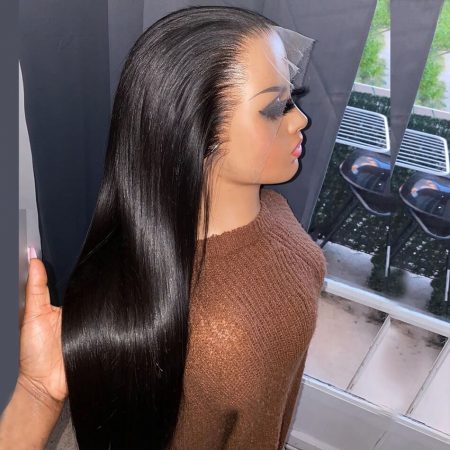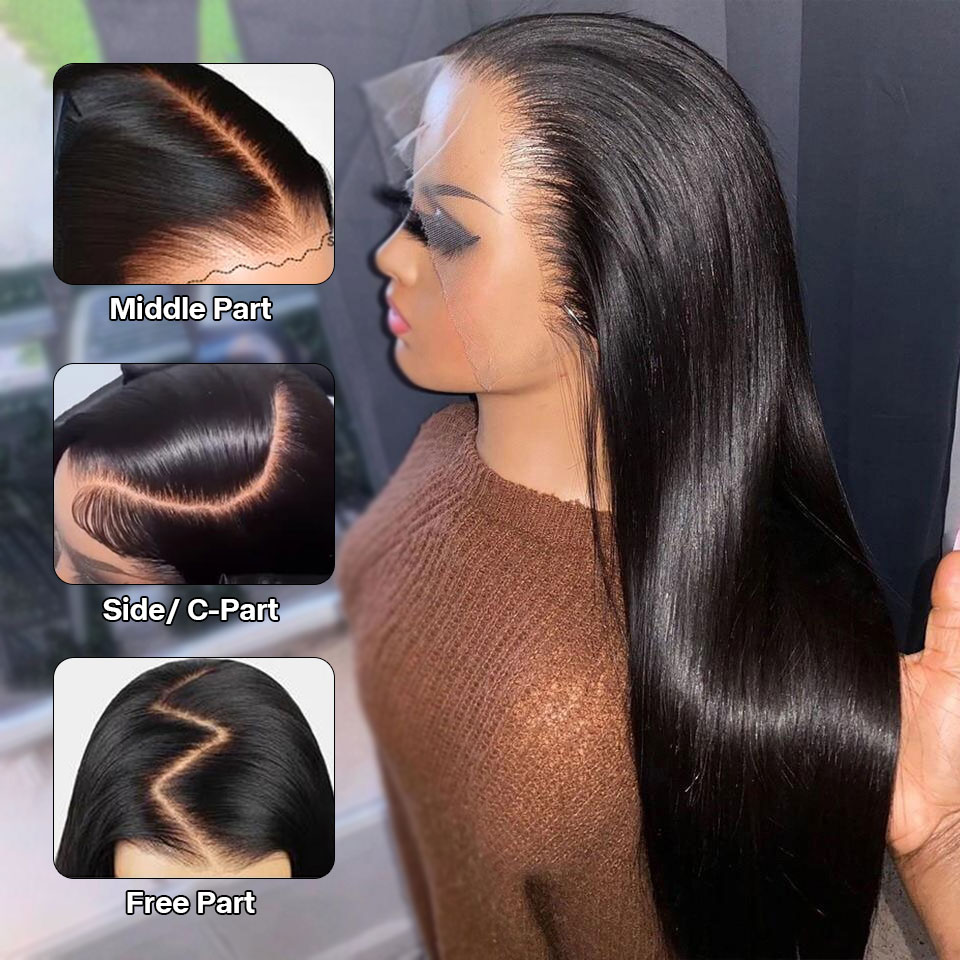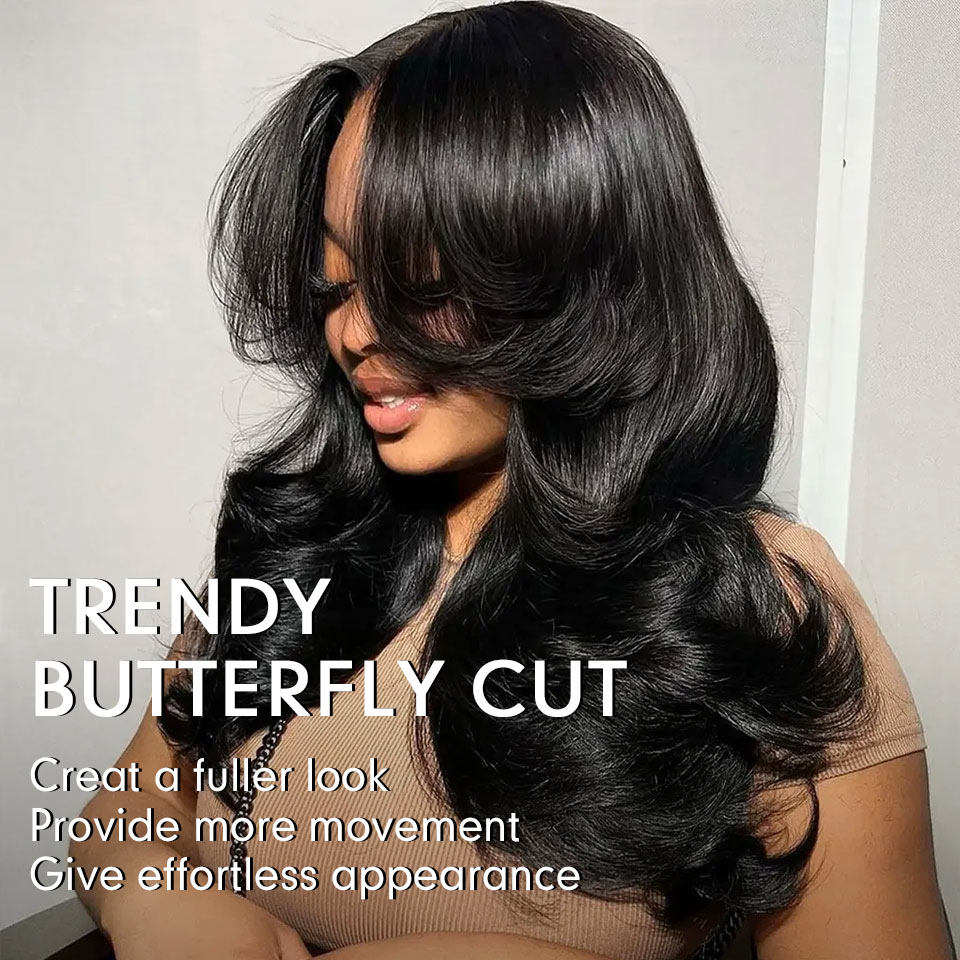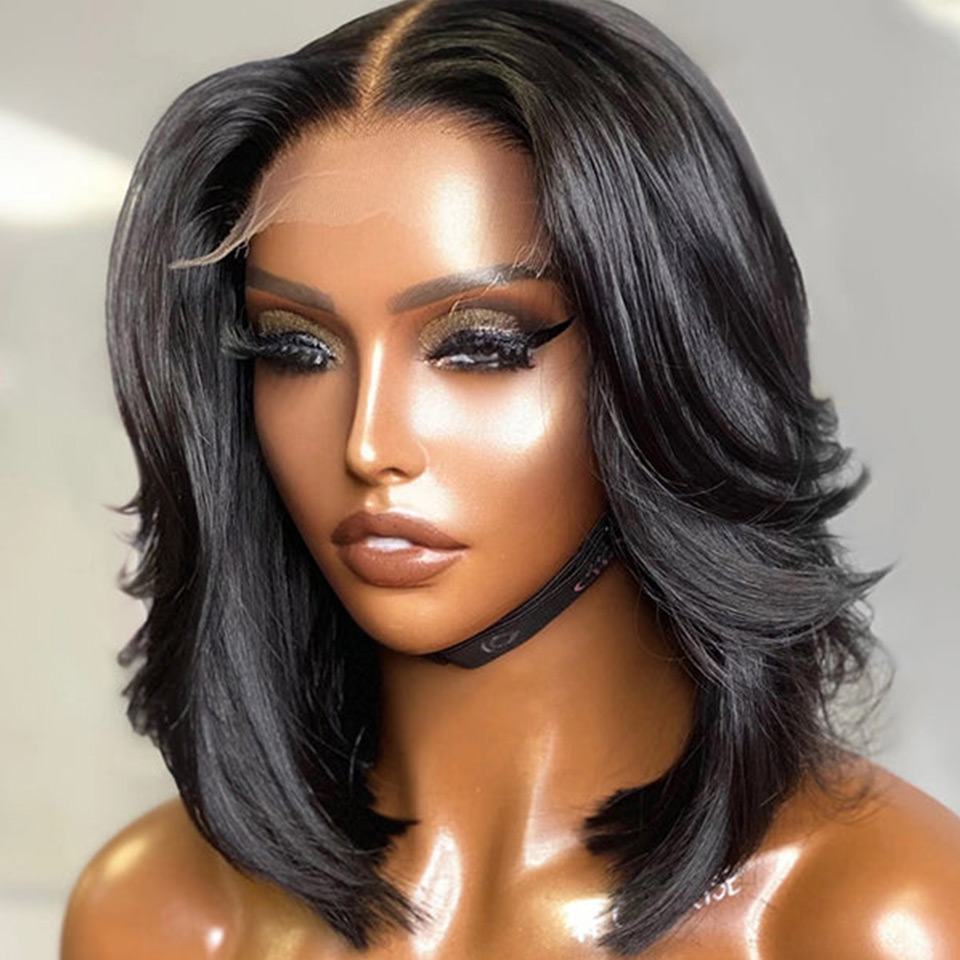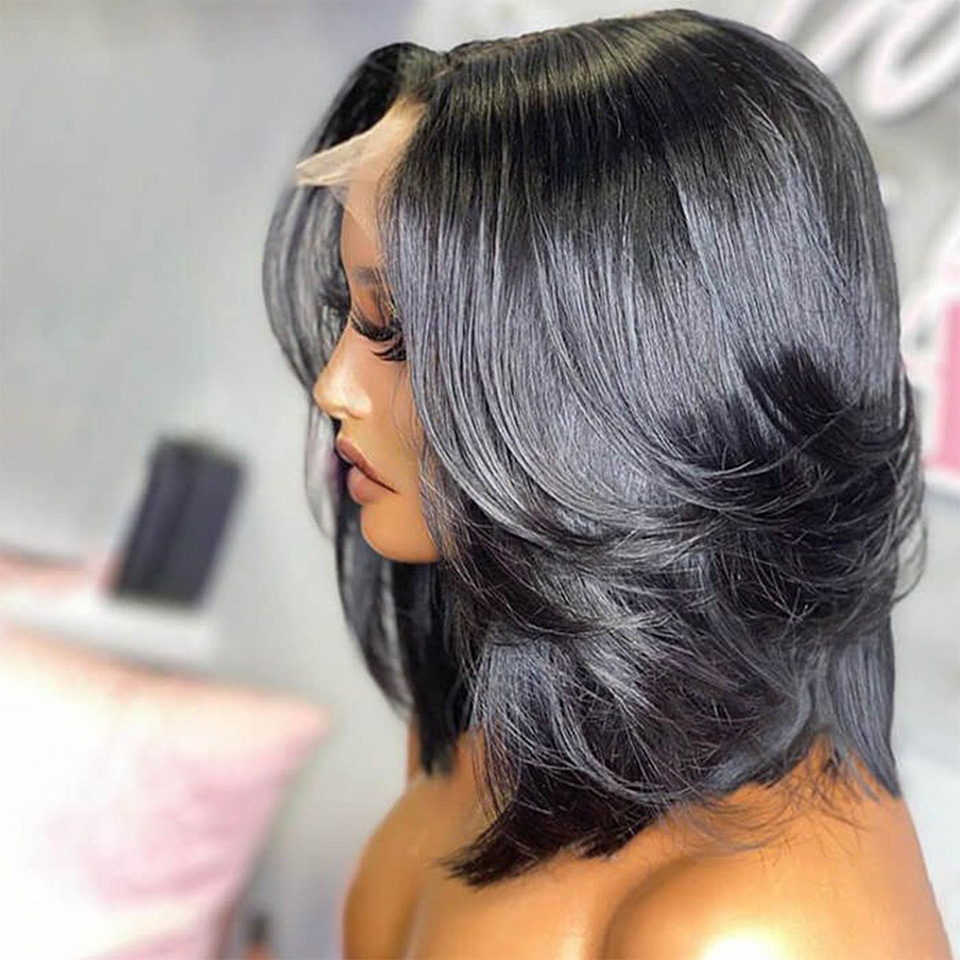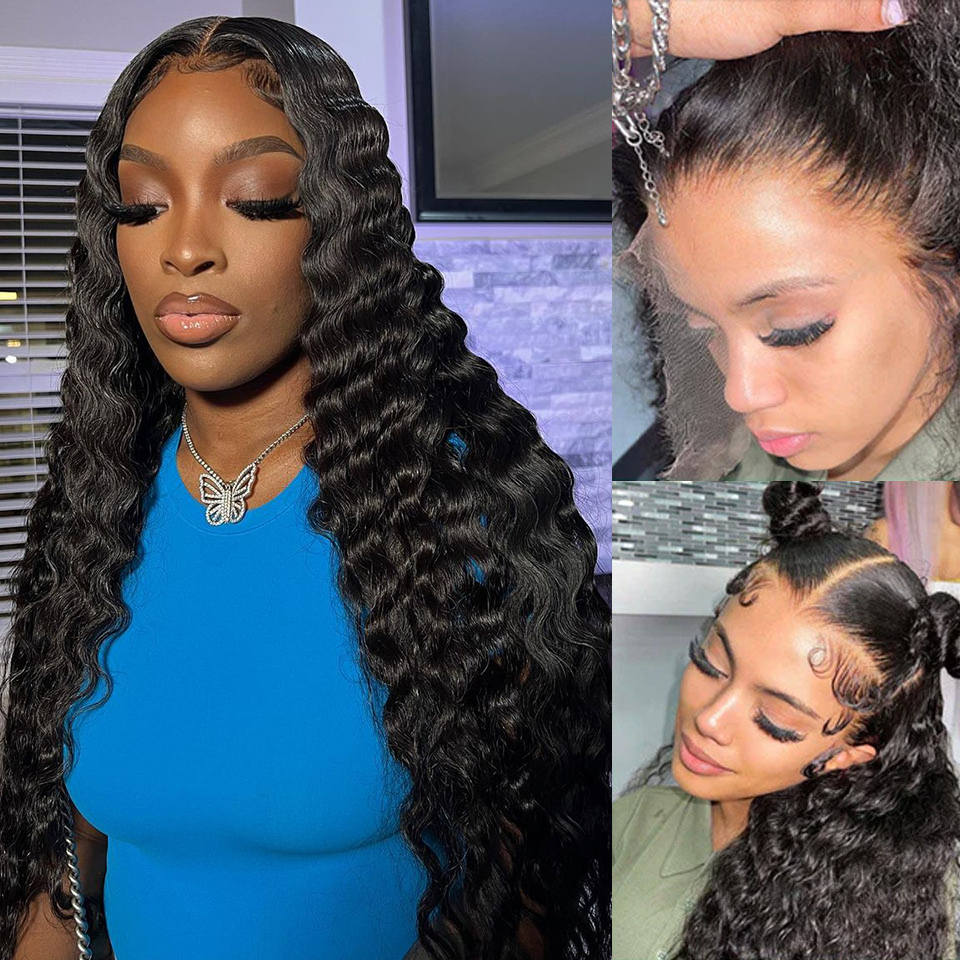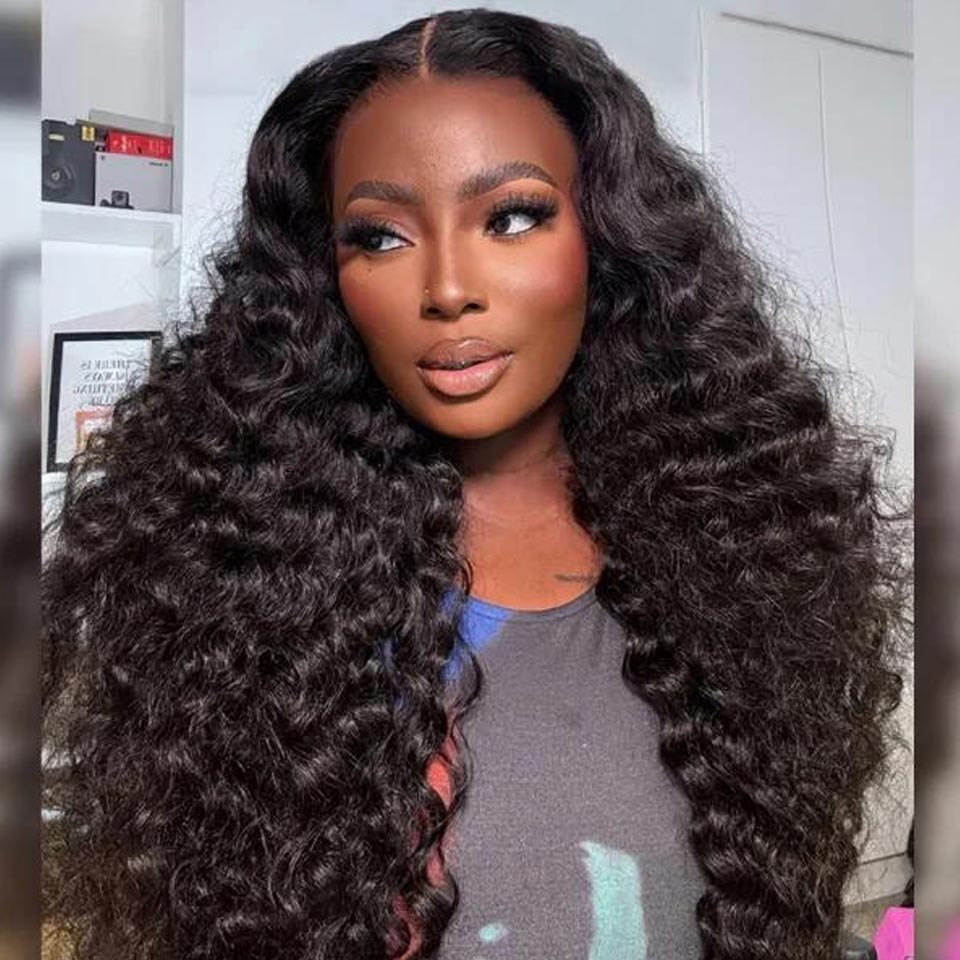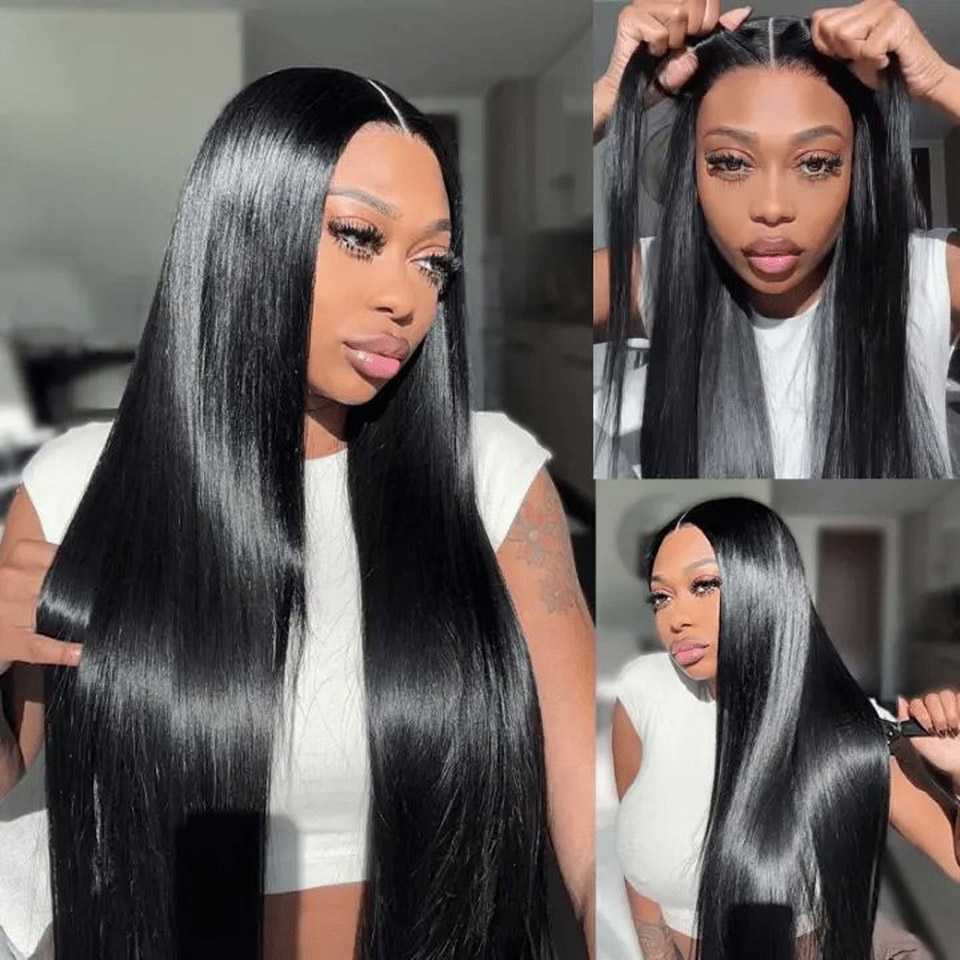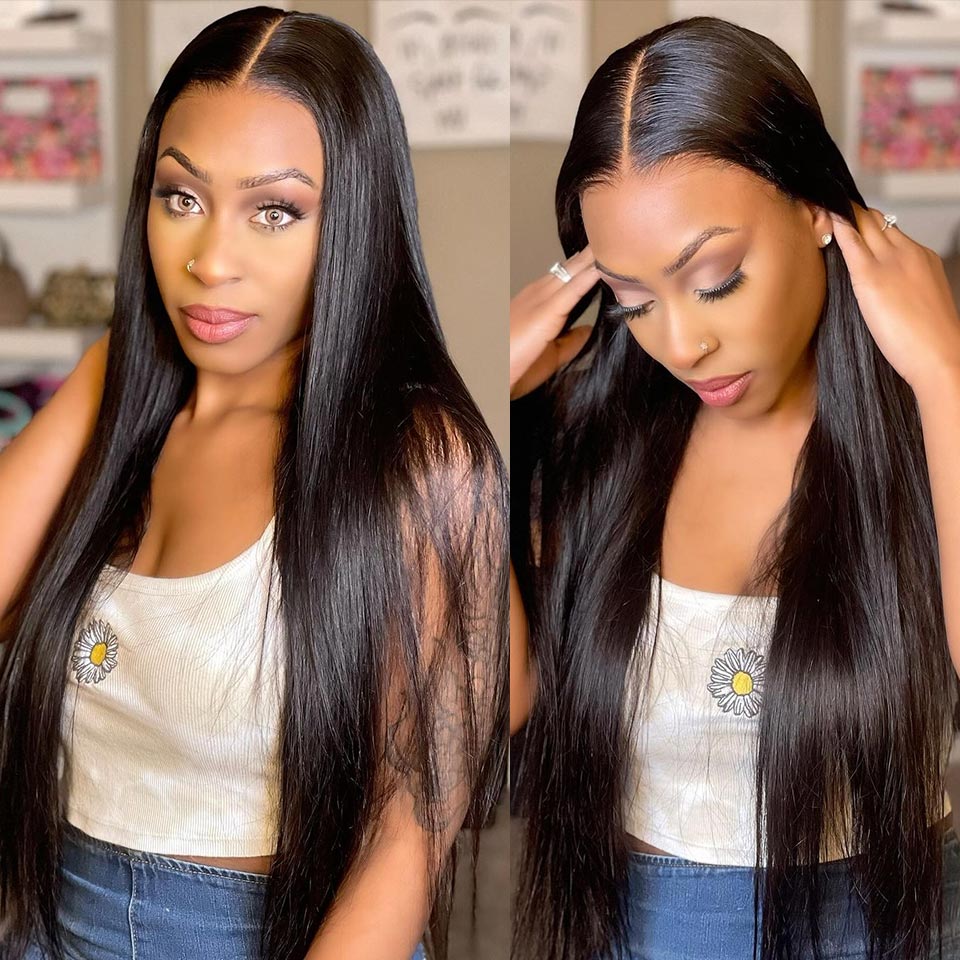Understanding the intricacies of wig hair density is crucial for achieving a natural and flattering appearance. In this comprehensive guide, we will delve into the world of wig hair density, exploring key concepts, factors influencing it, and tips for selecting and maintaining wigs with the ideal density.
Wig Hair Density:
Wig hair density refers to the amount of hair fibers or strands present in the wig cap. It plays a pivotal role in determining how natural the wig looks when worn, affecting both the appearance and comfort of the wearer. Three main categories describe wig hair density:
Low Density: Wigs with low hair density have fewer hair strands per square inch, resulting in a more lightweight and breathable feel. This density is suitable for those seeking a natural, subtle look.
Medium Density: This is the most common wig hair density and closely mimics the average density of natural hair. It strikes a balance, providing a natural appearance without being too sparse or too voluminous.
High Density: Wigs with high hair density feature a greater number of hair strands per square inch, creating a fuller and more voluminous look. This density is preferred by individuals who desire a luxurious and glamorous hairstyle.
Factors Influencing Wig Hair Density:
Factors influencing wig hair density play a crucial role in determining the overall appearance, comfort, and naturalness of a wig. Whether you’re selecting a wig for fashion, medical reasons, or personal expression, understanding these factors is essential to make an informed decision. Here are key elements that influence wig hair density:
Wig Construction:
Lace Front Wigs: Lace front wigs feature a sheer lace panel along the front of the cap, mimicking a natural hairline. The density along the front is often lower to create a seamless blend with the wearer’s forehead.
Full Lace Wigs: These wigs have a lace cap that covers the entire head. They provide more flexibility in parting and styling, and their density is generally consistent throughout the cap.
Machine-Made Wigs: Wigs made using machine-sewn wefts tend to have a higher overall density. These wigs may offer a fuller look but might be heavier and less breathable.
Hair Type and Texture:
Straight, Wavy, or Curly Hair: The texture of the wig hair can affect its perceived density. Curly and wavy textures often appear fuller due to the natural volume of the curls, while straight hair may need higher density for a similar effect.
Hair Length:
Short Wigs: Short wigs may have a higher density to maintain a full and voluminous appearance, as shorter strands can make sparse areas more noticeable.
Long Wigs: Longer wigs may have a lower density to prevent excessive weight, tangling, and to ensure a natural flow. The weight of longer strands can affect how the wig drapes and moves.
Desired Look:
Natural Everyday Look: For those seeking a subtle, natural look, a medium-density wig is often recommended. It provides a balance between a full appearance and a natural feel.
Glamorous or Dramatic Look: Individuals desiring a more glamorous or dramatic look may opt for higher-density wigs to achieve extra volume and impact.
Face Shape:
Round Faces: Higher density wigs may complement round faces by adding height and elongating the appearance of the face.
Oval or Heart-Shaped Faces: Medium density often works well for these face shapes, providing a harmonious and flattering look.
Square Faces: Lower density wigs around the face can soften the angles of a square face.
Personal Preferences:
Comfort: Some individuals may prefer lower-density wigs for a lighter and more breathable feel, especially in warmer climates.
Styling Options: Those who enjoy versatile styling may choose a wig with medium density, offering flexibility in various hairstyles.
Budget and Availability:
Custom vs. Ready-Made Wigs: Custom wigs allow for personalized density adjustments, while ready-made wigs are available in standard densities. Customization may be a factor for those with specific preferences.

Tips for Selecting and Maintaining Wigs with Ideal Density:
Selecting and maintaining wigs with the ideal density involves a combination of thoughtful considerations and proper care practices. Whether you’re a seasoned wig wearer or a first-time buyer, these tips will help you choose the right wig and ensure it stays in optimal condition:
Tips for Selecting Wigs with Ideal Density:
Know Your Face Shape:
Understand your face shape to determine the most flattering wig density. Different densities can enhance or soften features based on face shape.
Consider Your Style Preferences:
Your personal style plays a significant role in choosing wig density. If you prefer a natural look, go for a medium density. For a more dramatic style, opt for higher density.
Try Before You Buy:
Whenever possible, try on wigs before making a purchase. This allows you to assess the density, comfort, and overall look in person.
Consult with Professionals:
Seek advice from wig specialists or hairstylists. They can provide insights into the most suitable density based on your facial features, style preferences, and lifestyle.
Research Wig Types:
Understand the different types of wigs and how their construction may impact density. Lace front wigs, full lace wigs, and machine-made wigs can offer varying density and styling options.
Assess Hair Length:
Consider the length of the wig hair in relation to its density. Longer wigs may require lower density to prevent excessive weight, while shorter wigs might benefit from higher density for a fuller look.
Explore Texture Options:
Different hair textures can affect the perception of density. Curly or wavy textures often appear fuller, while straight hair may require higher density for a similar effect.
Take Lifestyle into Account:
Consider your daily activities and lifestyle when choosing wig density. Lighter densities may be more comfortable for everyday wear, while higher densities can add glamour for special occasions.
Tips for Maintaining Wigs with Ideal Density:
Follow Care Instructions:
Adhere to the care instructions provided by the manufacturer. This includes guidelines for washing, conditioning, and styling your wig to maintain its density and overall quality.
Use the Right Products:
Choose wig-friendly products, including shampoos, conditioners, and styling products. Avoid products containing harsh chemicals that can damage the fibers and reduce density.
Detangle Gently:
Detangle your wig carefully to prevent hair breakage and maintain the original density. Use a wide-tooth comb or a specialized wig brush designed for gentle detangling.
Protect from Heat:
Limit the use of heat styling tools, as excessive heat can damage wig fibers. If styling is necessary, use heat-protective products and low-heat settings.
Store Properly:
Store your wig on a wig stand or in a breathable bag when not in use. Avoid leaving it in direct sunlight or areas with high humidity, as these conditions can affect density and overall quality.
Avoid Sleeping with Wet Hair:
Ensure your wig is completely dry before going to bed to prevent tangling and matting. Consider using a silk or satin pillowcase to reduce friction.
Regular Inspections:
Periodically inspect your wig for any signs of wear, such as shedding or changes in density. Address any issues promptly to maintain the desired look.
150%, 180%, 200% Density Wig, Which One Is Best?
The choice between 150%, 180%, and 200% density wigs depends on personal preferences, style goals, and the natural look you wish to achieve. Here’s a breakdown of each density to help you make an informed decision:
1. 150% Density:
Natural and Everyday Look: A 150% density wig is considered the standard or average density. It provides a natural appearance that closely mimics the density of most people’s natural hair.
Lightweight Feel: This density offers a comfortable and lightweight feel, making it suitable for everyday wear. It is often the preferred choice for those who want a subtle, realistic look without excessive volume.
2. 180% Density:
Enhanced Volume: The 180% density wig provides a fuller and more voluminous look compared to the standard 150%. It adds extra thickness and volume to the hair, making it a suitable choice for those who desire a bit more glamour and impact.
Versatile Styling: With increased density, you have more flexibility in styling and creating various looks. The additional volume allows for more intricate hairstyles.
3. 200% Density:
Dramatic and Glamorous: A 200% density wig is the highest among the options, offering a dramatic and glamorous appearance. It provides a significant boost in volume, making it ideal for special occasions or those who prefer a bold and standout look.
Thicker Hair: This density is suitable for individuals who desire exceptionally thick and voluminous hair. It can be a statement choice, creating a striking and eye-catching effect.
Factors to Consider When Choosing:
Personal Style Preferences:
Consider your personal style and the look you want to achieve. If you prefer a natural and subtle appearance, 150% density may be suitable. For those who love more volume and drama, 180% or 200% density could be preferable.
Face Shape:
Take your face shape into account. Different densities can complement various face shapes. For example, higher density wigs may balance out a round face, while lower density options can soften the features of a square face.
Occasion and Lifestyle:
Think about the occasions and events for which you’ll be wearing the wig. Higher density wigs are often chosen for special events or when a more glamorous look is desired. For everyday wear, a lower density may be more comfortable.
Hair Length:
The length of the wig can impact how the density is perceived. Longer wigs may appear to have lower density due to the weight of the longer strands, while shorter wigs might benefit from higher density for a fuller look.
Comfort:
Consider your comfort level. Higher density wigs can be heavier, and some individuals may find them less comfortable for extended wear. If comfort is a priority, a lower density wig might be preferable.
All in all.
Understanding and managing your hair density is crucial for maintaining healthy and vibrant hair. While genetic factors play a significant role, lifestyle choices, proper hair care, and targeted treatments can positively impact hair density. By adopting a holistic approach to hair health, you can enjoy fuller, thicker, and more resilient locks, boosting your confidence and overall well-being. If concerns persist, consulting with a healthcare professional or a dermatologist specializing in hair health can provide personalized guidance and solutions tailored to your specific needs.

